
Jasmine growing tips: 4 simple steps, flowers bloom all year round, hundreds of flowers in full bloom
🌿 Jasmine Flowers: How to Help Them Bloom All Year Round
Jasmine is an incredibly resilient flowering plant that can bloom almost all year long when properly cared for. Placing a pot of jasmine on your balcony or porch allows its delicate white blossoms to fill the air with a soft, calming fragrance — creating a peaceful, refreshing atmosphere for everyone around.
However, to keep jasmine flowering abundantly and consistently, gardeners need to focus on three essential aspects of care. Only when all three are properly maintained can the plant thrive, producing lush green leaves, strong new shoots, and potentially hundreds of flowers on a single pot.
1️⃣ Nourish Your Jasmine with the Right Soil and Regular Fertilization
To ensure healthy growth, jasmine needs well-draining, nutrient-rich soil. Avoid compacted or clay-heavy soil, as it can hinder root development. The best option is loamy sand mixed with organic compost, such as leaf mold or peat soil. This mixture keeps the soil loose while supplying essential nutrients.
Only when the soil is fertile and airy will your jasmine produce glossy leaves, vigorous stems, and continuous blossoms. If the soil becomes depleted of nutrients, the plant’s flowering rate drops drastically, and in severe cases, it may stop blooming altogether.
Since jasmine blooms frequently, it requires a steady supply of nutrition. During the growing season, apply a balanced, multi-nutrient fertilizer every 15 days. When the plant is budding or flowering, use potassium dihydrogen phosphate weekly to boost flower formation and color intensity. A consistent fertilization schedule ensures that the plant remains strong and produces blossoms in cycles throughout the year.
💡 Tip: You can also add a slow-release organic fertilizer at the start of spring to maintain soil fertility for months.
2️⃣ Provide Sufficient Sunlight for Vigorous Growth
Jasmine is a sun-loving plant. It does not thrive in shaded areas, as lack of light weakens growth and prevents flowering. Ideally, place your jasmine where it receives at least 5–6 hours of direct sunlight daily.
When exposed to full sunlight, jasmine plants develop shiny, deep-green leaves and form dense flower clusters with a stronger fragrance. Conversely, plants grown in the shade will often have long, weak stems and very few blossoms.
If you grow jasmine indoors, position it near a south-facing window or balcony. Occasionally rotate the pot so that all sides of the plant receive sunlight evenly.
☀️ Fun fact: In regions with mild winters, jasmine can continue blooming even during the cooler months if it gets enough sunlight.
3️⃣ Prune Regularly to Encourage New Growth
Jasmine flowers grow primarily on new shoots, so regular pruning is key to maintaining continuous blooms. Without trimming, old stems become woody, and the plant will stop producing new buds.
After each flowering phase, promptly remove wilted flowers to prevent nutrient loss and encourage the plant to focus its energy on new blossoms. Additionally, trim away weak or overcrowded branches to improve air circulation and sunlight exposure. This not only helps the plant bloom more but also prevents pest infestations and fungal diseases.
✂️ Pro tip: Lightly prune your jasmine every 2–3 months to keep it compact and bushy.
4️⃣ Manage Watering Carefully
Watering plays a crucial role in jasmine care. When grown outdoors, you can water the plant every 1–2 days, depending on weather conditions. However, indoor jasmine requires less frequent watering because the air is typically more humid and less ventilated. Overwatering can make the soil soggy, leading to root rot or weak, elongated stems.
The golden rule is: only water when the top layer of soil feels dry. When you do, water thoroughly so that moisture reaches the entire root system. You can also mist the leaves occasionally to increase humidity — but avoid spraying water directly on the buds or flowers, as this can cause them to fall prematurely.
💧 Note: During the winter months, reduce watering frequency since jasmine enters a slower growth phase.
🌸 In Summary
A thriving jasmine plant needs:
-
Nutrient-rich, well-drained soil
-
Regular feeding with balanced and bloom-promoting fertilizers
-
Plenty of sunlight
-
Frequent pruning to stimulate new growth
-
Proper watering habits to prevent rot and disease
With consistent care, your jasmine will reward you with lush greenery and sweetly scented blooms all year round — turning any corner of your home into a fragrant garden oasis.
News in the same category


Miraculous: Placing an Orange Beside Your Bed Can Surprisingly Improve Your Health

Don’t Wash Black Moldy Wooden Cutting Boards with Soap: Try This Simple Method and Your Board Will Be Spotless in Just 5 Minutes

7 Ways How To Deal With A Cheating Husband

Just Add a Few Drops of This When Frying Eggs — They Puff Up Fluffy and Soft, Two Eggs Seem Like Four

Drinking purple perilla leaf juice at these 3 times is better than ten thousand tonics 👇👇👇

The 'miraculous' uses of fig leaves: A precious medicinal plant right in your garden

7 foods that you cook in one go and can't finish eating should be thrown away. Don't leave them in the fridge overnight or reheat them. Extremely harmful.

Note when dog and cat tapeworm disease is increasing👇👇

JUST MAKE BEAN SPROUTS THIS WAY, no need to water and in 2 days you will have white and delicious bean sprouts.

The refrigerator is leaking water and takes a long time to cool. She shows you how to fix it yourself in a moment, no need to call a technician.

‘Liver Protection’: A Simple But Effective Drink Proven by Science

Don't clean a dirty rice cooker with plain water: Use this to clean it, in 5 minutes it will be as clean as new

Stop Using Vinegar for Limescale — There’s a Better Natural Alternative

People Shocked to Find Out What Paprika is Actually Made From

10 perfect ways to prevent dampness and humidity in your home

How To Remove Set-in Grease Stains From Laundry

Putting garlic under your pillow not only keeps evil away, but also has many other health benefits

How to make bread with an air fryer, simple, crispy, fragrant and delicious
News Post

Ginger, Soursop, Sorrel, and Turmeric – The Miracle Drink
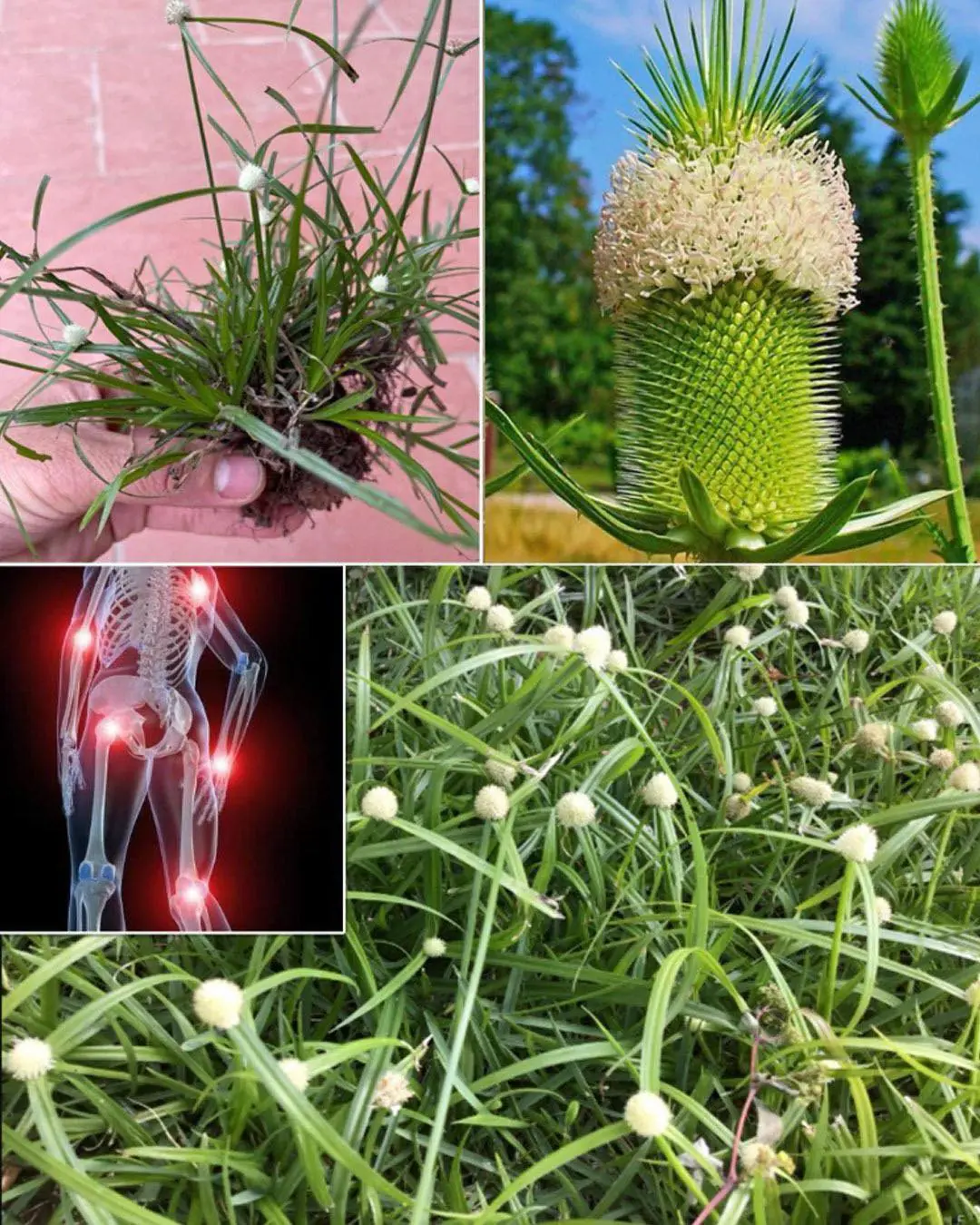
Kyllinga brevifolia (Rottb): Benefits and How to Use It
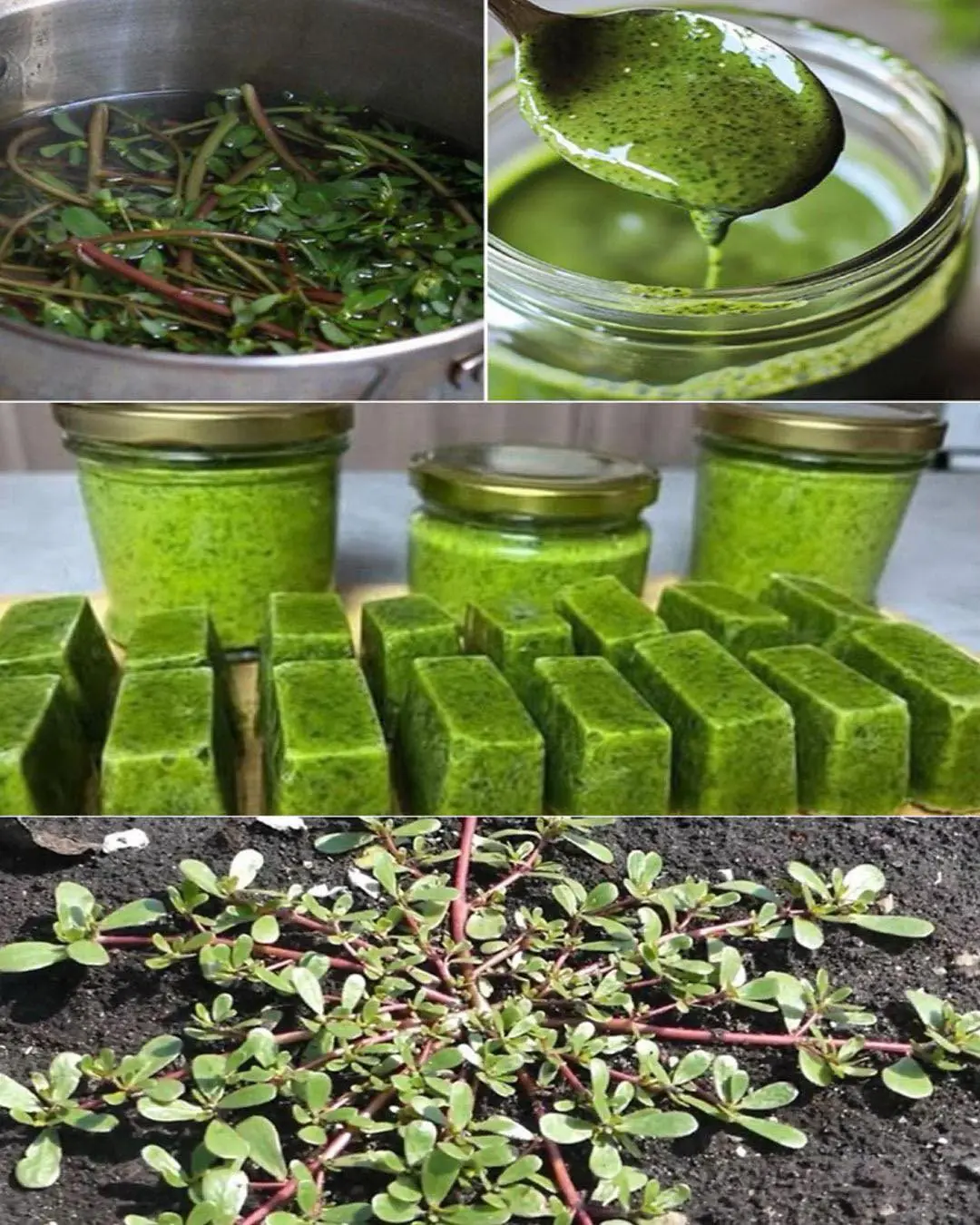
Purslane: The Superfood That Tastes Better Than Meat – 7 Reasons to Grow It in Your Garden

Papaya releases a milky sap, but most people don’t realize how important it is
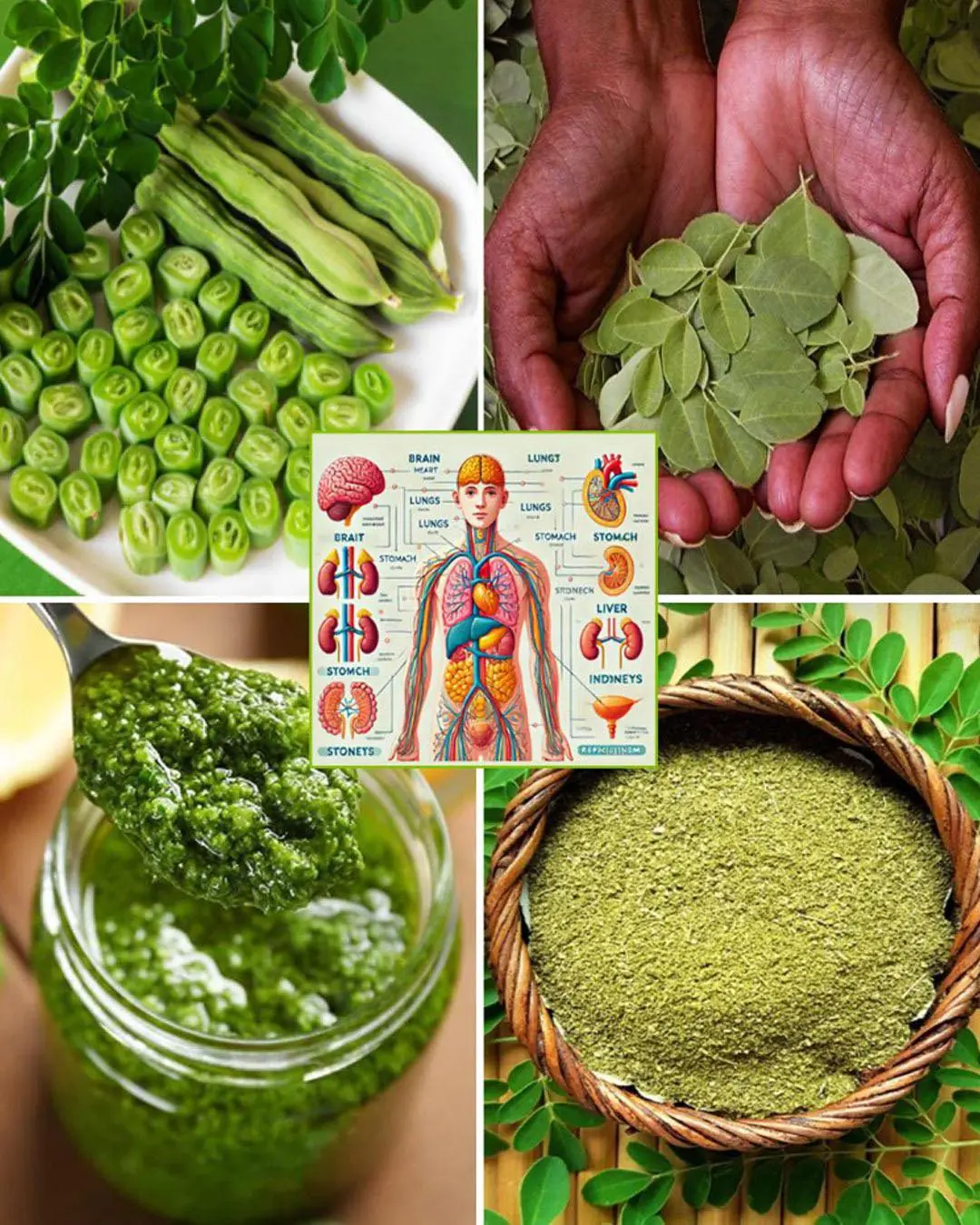
Discover The Miraculous Benefits of Moringa
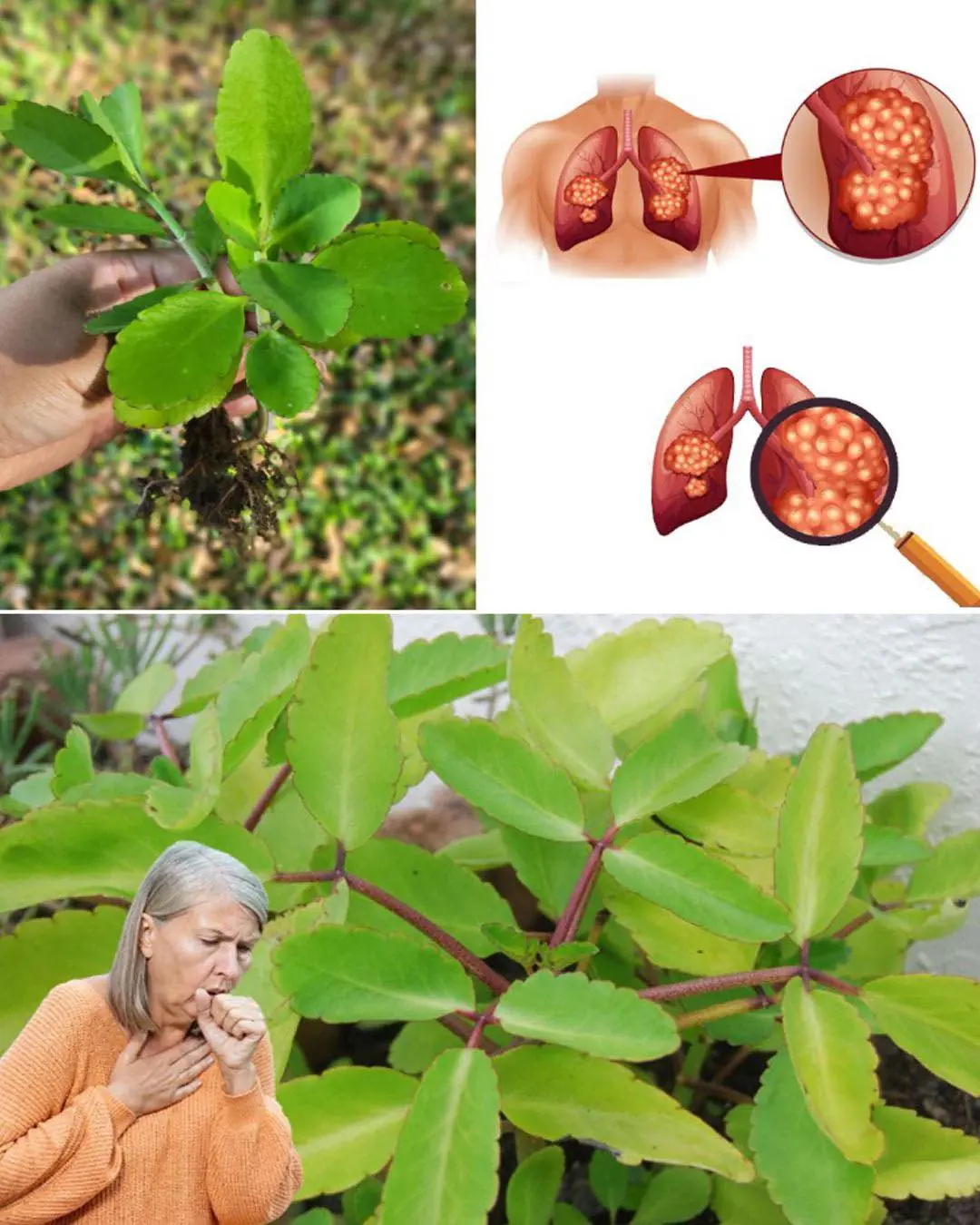
Bryophyllum Calycinum (Kalanchoe Pinnata): Benefits and Uses
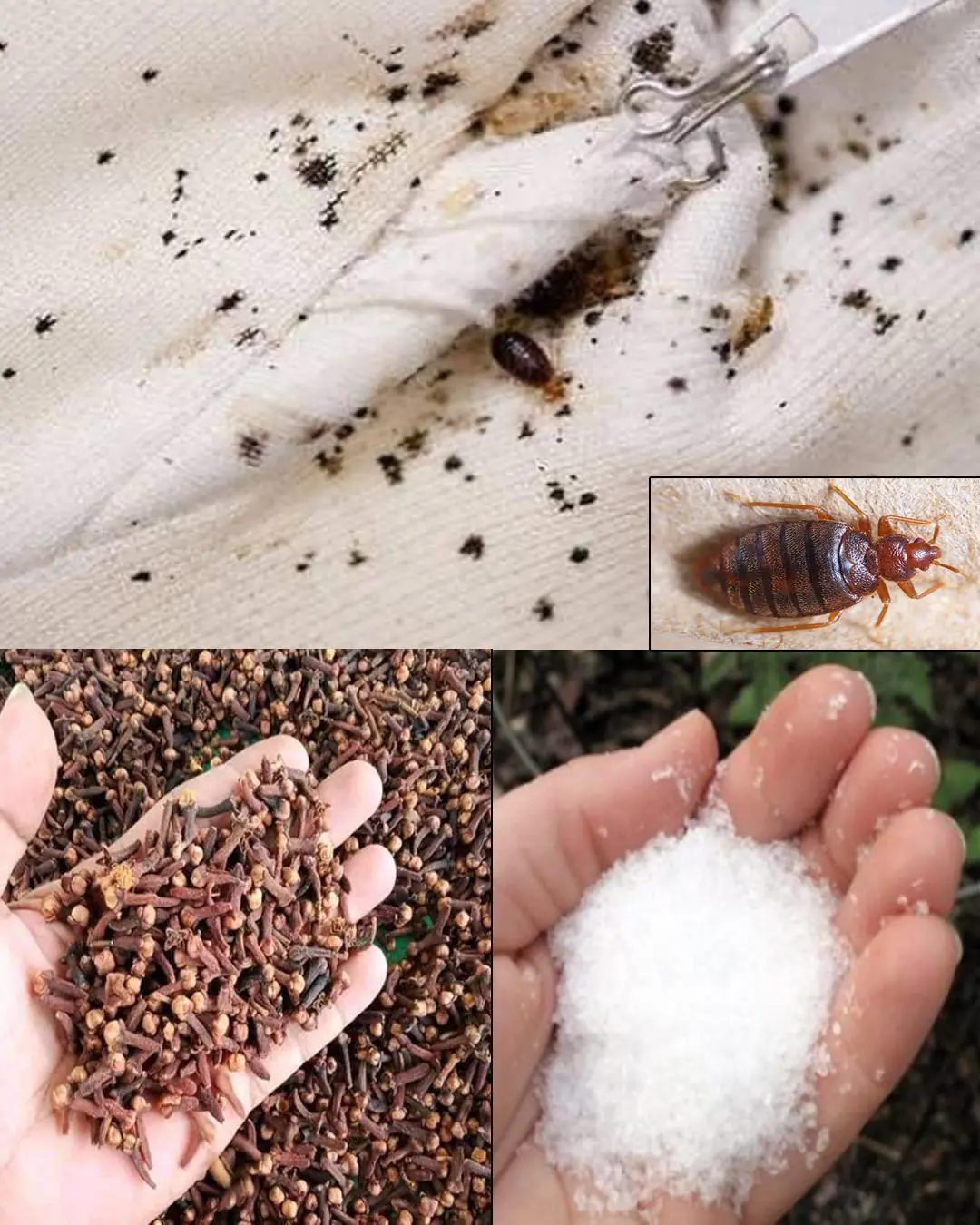
How to Quickly Get Rid of Bed Bugs, Cockroaches, Fruit Flies, and Other Insects Using Natural Ingredients
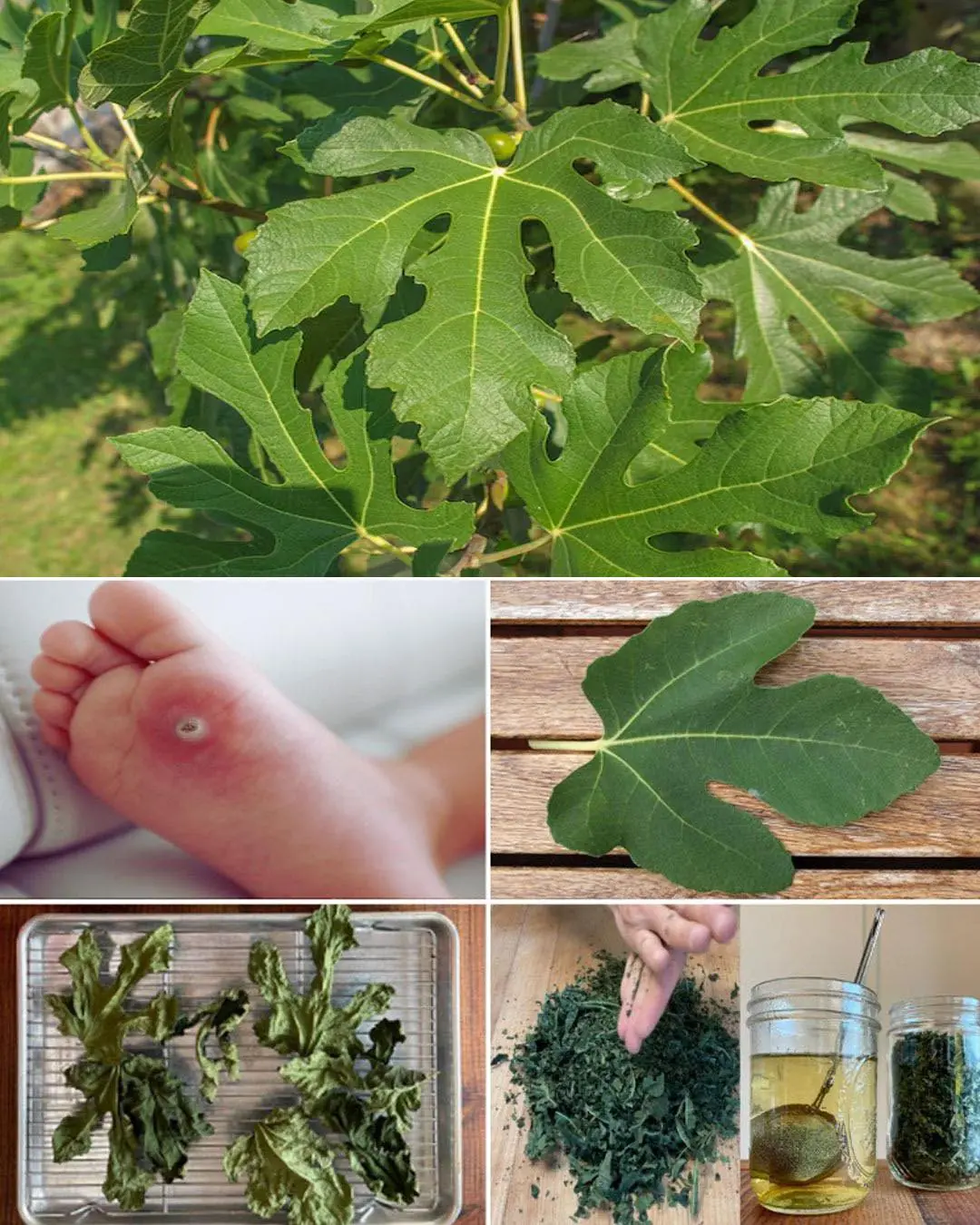
Fig Leaves: Surprising Benefits and Uses

BREAKING NEWS 🚨 Due To This Hunter’s Moon Earth Will Be Completely…See More

BREAKING NEWS 🚨 Due To This Hunter’s Moon Earth Will Be Completely…See More

BREAKING NEWS 🚨 Due To This Draconid Meteor Shower Earth Will Be Badly Effected Because…..See More

BREAKING NEWS 🚨 Due To This Hunter’s Moon Earth Will Be Completely…See More

Almost 30,000,000 Apple and Samsung users could claim part of huge £480,000,000 payout

Xbox users all say same thing following GameStop's decision to keep Xbox Gamepass at $19.99

Apple just added a new app to iPhone with iOS 26 and most people have no idea

Creators of ChatGPT reveal 44 jobs at highest risk of being taken over by AI in future

Lard vs. Cooking Oil: Which Is Better? Many People Still Misunderstand This Issue

Miraculous: Placing an Orange Beside Your Bed Can Surprisingly Improve Your Health

If You See Someone With Prominent Blue Veins, You Definitely Need to Tell Them This—It Could Save Their Life
